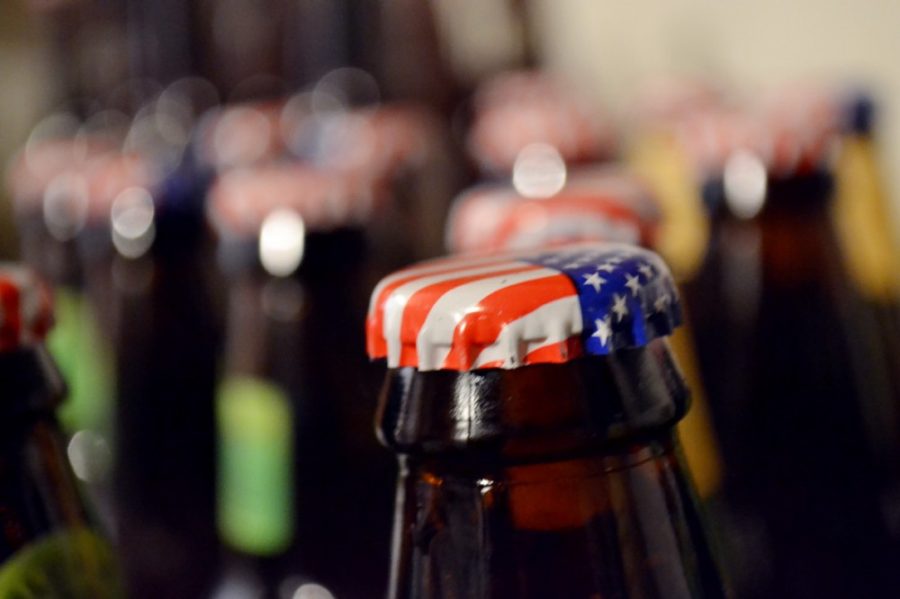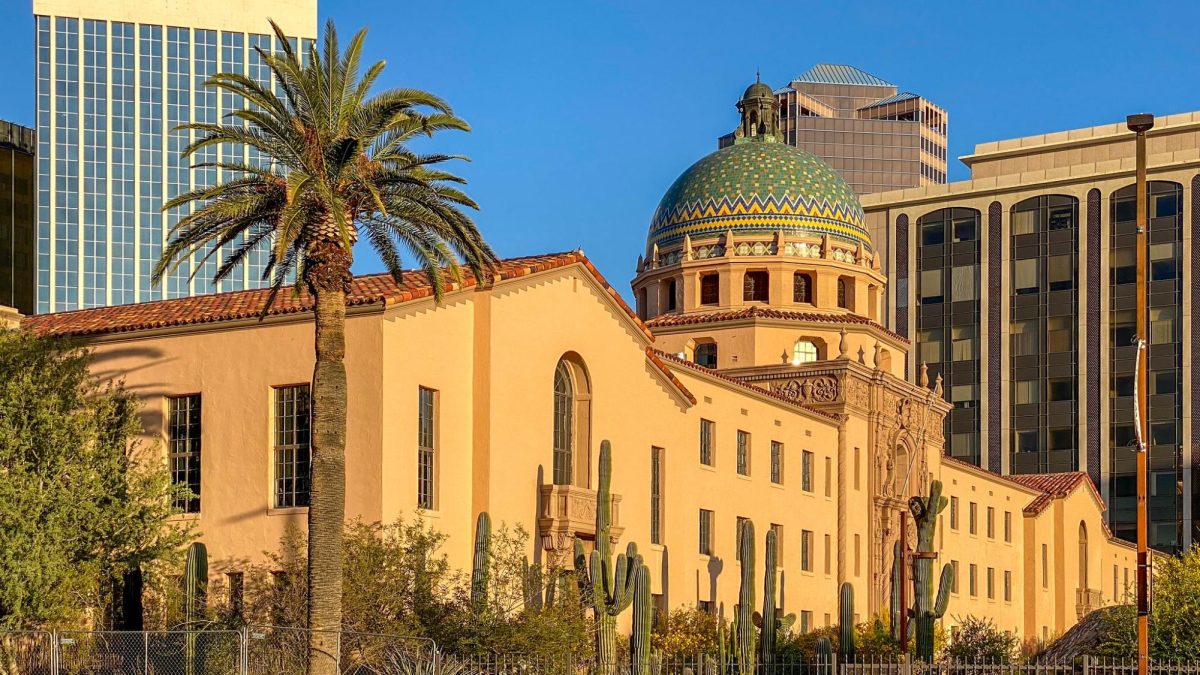This weekend, you’ll be getting drunk off of yeast poop.
In essence, the creation of beer is a chemical process called fermentation, where yeast eats sugar and creates waste in the form of carbon dioxide and alcohol. That waste is what gives you a buzz.
Getting this chemical reaction to occur in a way that produces something you would actually want to drink is the part that’s difficult.
Start with the grain, according to Amy Graham, an adjunct lecturer in chemistry at the UA. She does all-grain brews with her husband, and said the grain is the most important ingredient when it comes to changing the taste.
“The grains are the difference between a blonde beer, an amber versus a porter, which is huge,” she said.
The grain is dried by heating, and the temperature at which it’s dried will change the color and flavor: The higher the heat, the darker and more complex the beer.
Water is added to the dried grains and heated to nearly 150 degrees. The heating process breaks down the starches into sugars that can be consumed by the yeast. The grain needs to be kept at a very specific temperature to get the right enzymes to create sugar. When the grain comes out, it has become a sweet, sticky syrup called malt.
“That sugary stuff will get everywhere,” Graham said.
The more sugar there is from the grain, the faster the yeast will ferment, which also changes the flavor of the beer.
After extracting the syrupy malt from the grain, it’s time to boil it, which is typically when the hops are added. Hops are a member of the hemp family, and are responsible for the bitterness of a beer. Hops are added at different points during the boiling to create different flavors.
According to Mike Mallozzi, a founder of Borderlands Brewery Co., adding hops at the beginning of the boil creates a bitter taste. Adding them at the end of a boil tends to add to the aroma of the beer only. Hops added somewhere in the middle will add the essential flavors, such as pine and citrus, depending on the type of hops added.
After the boil, the mixture is cooled and added to yeast to sit for several weeks. This is when fermentation occurs, creating the alcoholic and fizzy parts of the beer. The speed at which fermentation occurs and how long the concoction sits will affect the taste and the alcohol content of the beer.
According to Mallozzi, yeast contributes about 80 percent of the flavor, and most breweries use the same yeast for every beer. That’s why “a lot of their beers have a similar taste to them,” he said.
After fermenting, the yeast falls to the bottom, while the beer stays on top and is siphoned out. The beer is then bottled and kegged for consumption.
Graham warns that people have to be careful with homebrews, though, as oftentimes yeast will find its way into the bottle — and yeast is a natural laxative.
Brewers have varying opinions on how to make beer and what they think is the best type of beer.
“It’s like cooking. You can add anything to it; it doesn’t mean you like it,” said Luke Sturgeon, a homebrewer from a family of homebrewers.
No ingredient is taboo for micro and homebrewers. Beers run the gamut from vanilla porters to the most bitter IPAs to those with a taste of a freshly harvested prickly pear cactus. Mallozzi’s background in microbiology is helping him and his brewery use a different strain of yeast for each of their beers.
“There’s so many directions to go with beer that it’s important that everyone does what they think is the right thing, otherwise we stifle creativity,” Mallozzi said.









